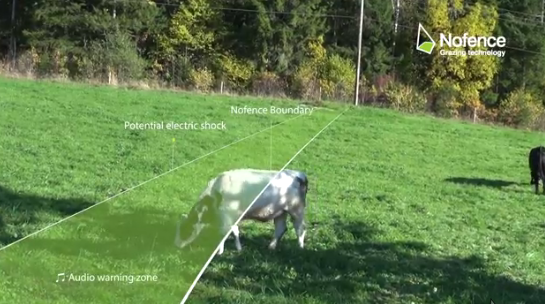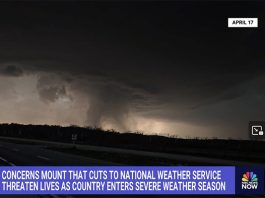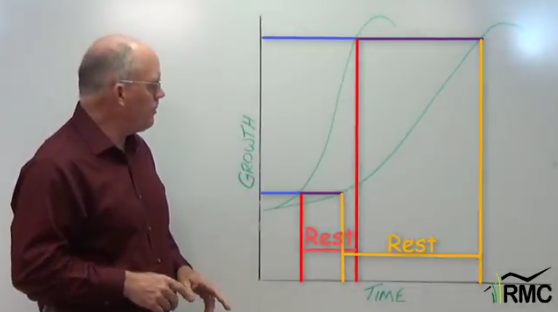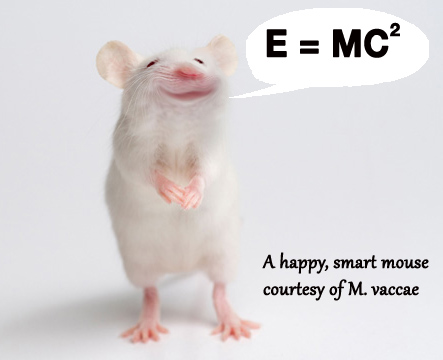No Fence is a Norwegian Company that started ten years ago as a group of farmers and engineers working together to create the world’s first virtual fence system. Their goal: improve agriculture, animal welfare and the environment all at once. As they describe in the 3 minute video below, their technology is a GPS collar worn by the animal. You set boundaries for your pasture with your phone, which transmits them to the collar. The collar makes a series of beeps as the animal enters a “warning zone.” If the animal doesn’t turn around, the collar will give it a “weak but effective” shock.
They began by creating a collar to work with goats. Though goats are traditionally the most difficult animals to keep in a fence, this 24 second video shows how the system works to keep them from straying outside the invisible boundaries set for them.
They’re now working on perfecting the system for use with cattle and hope to have a product ready in 2019. This 50 second video shows the collar in a cattle trial:
But will it work for you? Will the cost for the collars and the monthly service fee for the web portal service combined with anticipated profits from access to more forage offset the material and labor costs of your current fencing? (You can check out pricing information for this system here.)
This idea of virtual fencing has been around for some time. In fact, we reported on Dean Anderson of the Jornada Experimental Range in New Mexico experimenting with collars to move cattle from pasture to pasture and to gather them. Putting together that product for wide spread use wasn’t possible because of technology costs. But now, thanks to miniaturization, something like this could be made affordably. There are at least two other companies working on this technology, with products in testing now. I’m sure the developers would like to hear your thoughts, suggestions, and concerns about how you might use a collar-based virtual fence. So do share your ideas in the comments section below.





The potential I see is for using it to rotationally graze a fenced pasture–instead of needing to set up fence around each section to be grazed.
I think the idea has good intentions but the price to fit a herd could eliminate a large group of farmers/ranchers, especially since it isn’t a one time fee with the annual subscription.
This would be helpful in situations where vacant land has been neglected and brush encroachment makes it difficult to install electric fence without the use of major inputs for fence clearing. Renting these units for a lesser price instead of purchasing them may be an avenue to consider. They could be rented long enough for livestock to clean up a pasture that can then be used for more permanent fencing.
I believe it would also be ideal on public lands for sheep if livestock guard dogs are present to reduce predator issues.
This fenceless animal control idea has always been intriguing to me, but I can definitely see the concern with predation protection, but if the boundary fence has always been non electrified strand style, that concern is not a factor. The place where this technology would be the most effective, unfortunately usually yields the greatest number of predators too. But I do believe that this technology has a place in agriculture systems, the video depicts a very ideal situation where you gather the animals daily to milk, you also have a chance to view welfare and get a head count. Another ideal application would be where people have traditionally staked goats for weed control. With this system you open up a more ideal situation for the animal and can accomplish your purpose much more humanely. It may be more appealing to base the cost of service on the number of collars, or even the acreage that the service covers.
Just a few thoughts, keep it going!!
Speaking of predator pressure, the portable electric net I use with sheep seems to keep dogs and coyotes out as well as the sheep in. I think they would become vulnerable prey without the fence, much as I would love not to have to put it up and take in down!
If I did the euro to dollar conversion correctly, each collar is $231 (didn’t see a life expectancy on it) and 365 days of service is $227 per collar. That’s more than I would be willing to pay for a cow/calf operation but would be a bargain if they made one for teenagers.
😂😂😂
I think it could be modified to fit a teenager! 🙂
exciting idea. One of the greatest barriers to using livestock to graze and manage public lands in state natural areas is lack of fencing. this would open up a great opportunity in utilizing grazing to restore some parts of the landscape.
1. how much predator pressure would it take to drive animals through a virtual fence?
2. could you track missing animals with their GPS collar, or find dead ones is wolf areas?
3. could you use the GPS feature to move the fence and “herd” the livestock from you phone?
4. what happens when we have a solar storm or sunspot activity that screws up the satellite signal.
5, how do you test and see if the fence is on?
If these are reliable, long-lasting and under $100 then this is a game changer.
Comments are closed.